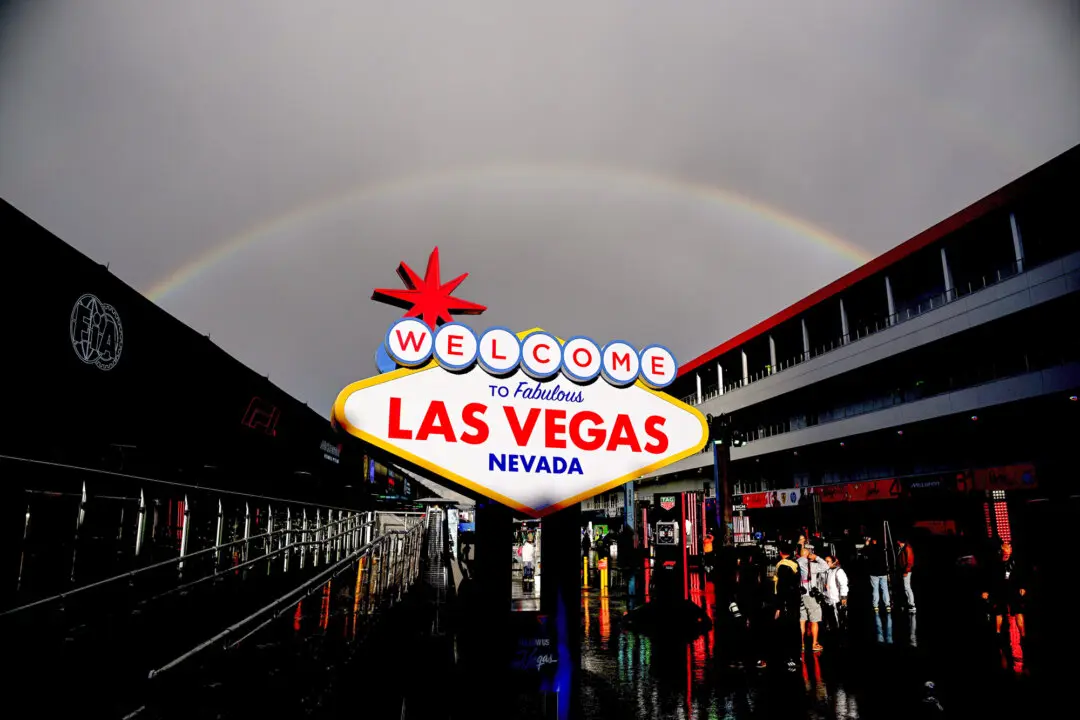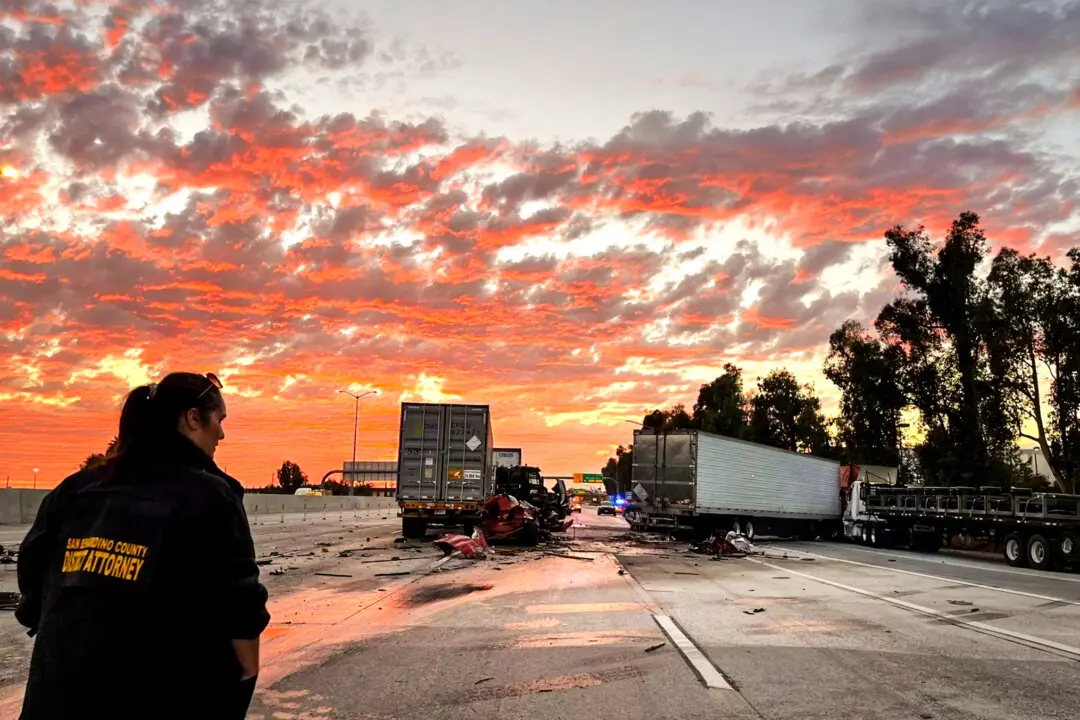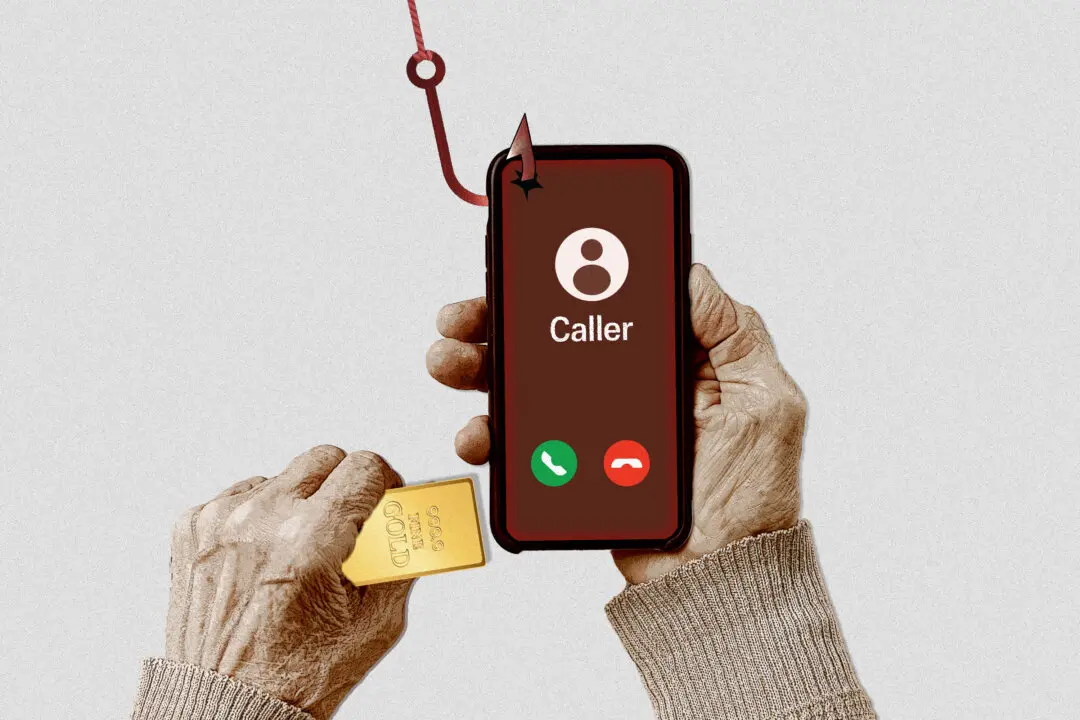DENVER—Pastor Bryan Sederwall, CEO of the Denver Dream Center, says he’s used to getting requests to meet the basic needs of the city’s homeless and less fortunate on short notice.
City officials gave him just days to set up a temporary supply center for newly arrived illegal immigrants crossing the U.S.–Mexico border.





